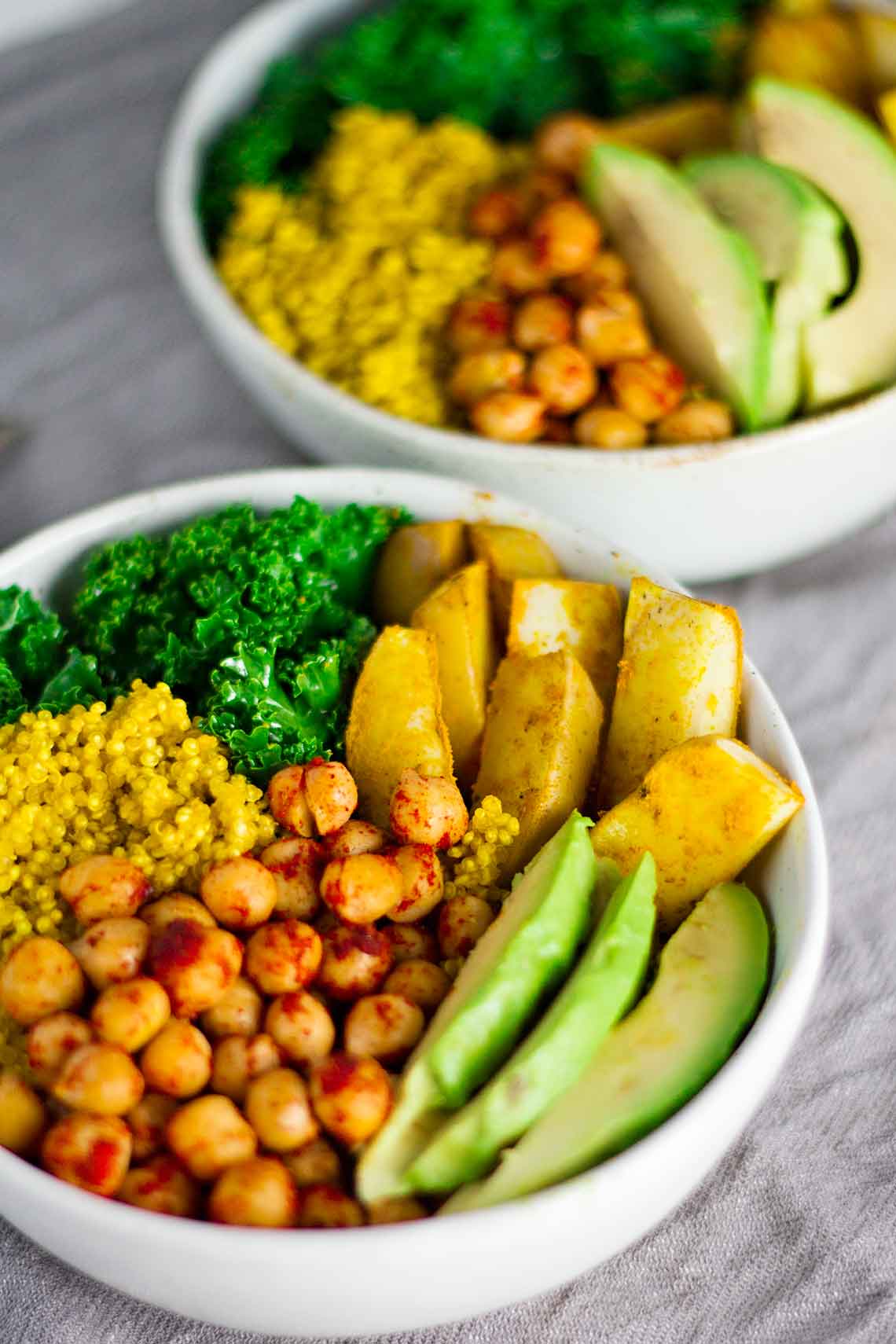Why do I have to complete a CAPTCHA? Completing the CAPTCHA proves you are a human and gives you temporary access cajun power garlic sauce the web property.
What can I do to prevent this in the future? If you are on a personal connection, like at home, you can run an anti-virus scan on your device to make sure it is not infected with malware. If you are at an office or shared network, you can ask the network administrator to run a scan across the network looking for misconfigured or infected devices. Another way to prevent getting this page in the future is to use Privacy Pass.
You may need to download version 2. 0 now from the Firefox Add-ons Store. Roux is typically made from equal parts of flour and fat by weight. Water roux is a roux which bakers use to thicken doughs and allow the bread to become softer, fluffier, moister, and retain its fresh baked qualities for a longer period of time by giving the dough greater strength to retain much higher quantities of water than what would otherwise be achievable. The fat is most often butter in French cuisine, but may be lard or vegetable oil in other cuisines.

In Cajun cuisine, roux is made with bacon fat or oil instead of butter and cooked to a medium or dark brown color, which lends much richness of flavor, but makes it thinner. Ottoman and Turkish cuisine since at least the 15th century. The fat is heated in a pot or pan, melting it if necessary. The mixture is heated and stirred until the flour is incorporated, and then cooked until at least the point where a raw flour taste is no longer apparent and the desired colour has been reached. The final colour can range from nearly white to nearly black, depending on the length of time it is heated and its intended use.
The end result is a thickening and flavoring agent. Roux is most often made with butter as the fat base, but it may be made with any edible fat. For meat gravies, fat rendered from meat is often used. In regional American cuisine, bacon is sometimes rendered to produce fat to use in the roux. French cooking and some gravies or pastries throughout the world. Darker roux is made by browning the flour in oil for a longer time and adds a distinct nutty flavor to a dish. They may be called “blond,” “peanut-butter,” “brown,” or “chocolate” roux depending on their color.
The darker the color, the richer the flavor. It may also be prepared with onions and garlic. The fatty part separates to form stakovoutyro, staka butter, which is kept for later use and has a faint cheesy flavor. As an alternative to roux, which is high in fat and very energy-dense, some Creole chefs have experimented with toasting flour without oil in a hot pan as an addition to gumbo. These items do not contribute to the flavor of a dish, and are used solely for thickening liquids. Distinguishes history of classical French, Creole, and Cajun varieties of roux, with color illustrations of blond, peanut butter, and chocolate roux and detailed oil-based recipe, variations of proportions, chemistry, and storage techniques.
To be quite honest, there are certain dishes that I never intended to include on this site because they have been so completely bastardized by restaurants across the country. Shrimp Creole is near the top of the list. Why would I want to include this dish? Everyone has a recipe for it. A lot of restaurants, even outside of Louisiana serve it. Why in the hell do I even want to bother?
Everyone knows what Shrimp Creole is! But then it dawned on me. Maybe because of all the hack versions out there, a lot of people, especially outside of Louisiana, don’t know how great Shrimp Creole can be! Every bad rendition of Shrimp Creole, just like Shrimp Etouffee, served in some dive restaurants across the country, have created a perception to the diner that this dish is just OK, or in the worst case scenario, absolutely horrible. There are a lot of good and bad recipes for Shrimp Creole out there, hopefully you will enjoy this one as much as I do.
As I see it, Shrimp Creole and Shrimp Sauce Piquant are pretty much the same dish, with a few differences. First, Shrimp Creole, or as it was once known, Shrimp a la Creole, is a New Orleans dish. But as I said, they’re pretty darned similar, and like most dishes in New Orleans these days the two cuisines have kind of merged in a lot of different areas. Like any dish that there are a trillion recipes for, it’s all a matter of your personal taste.
